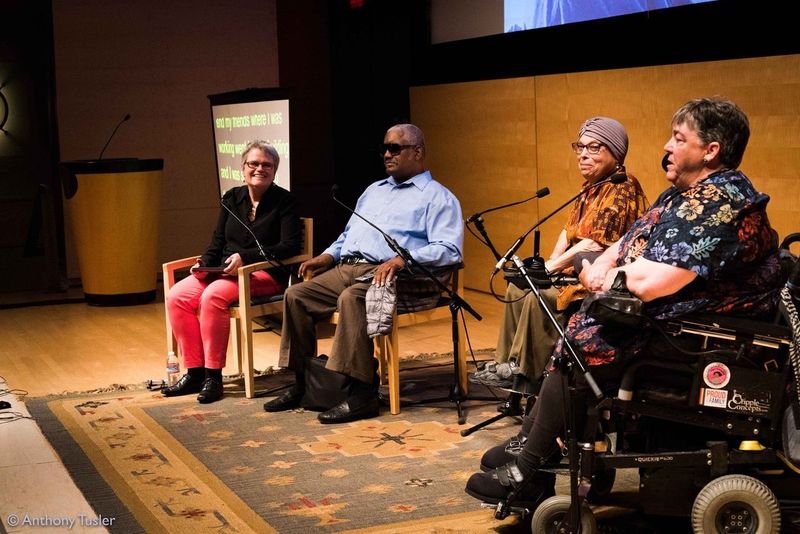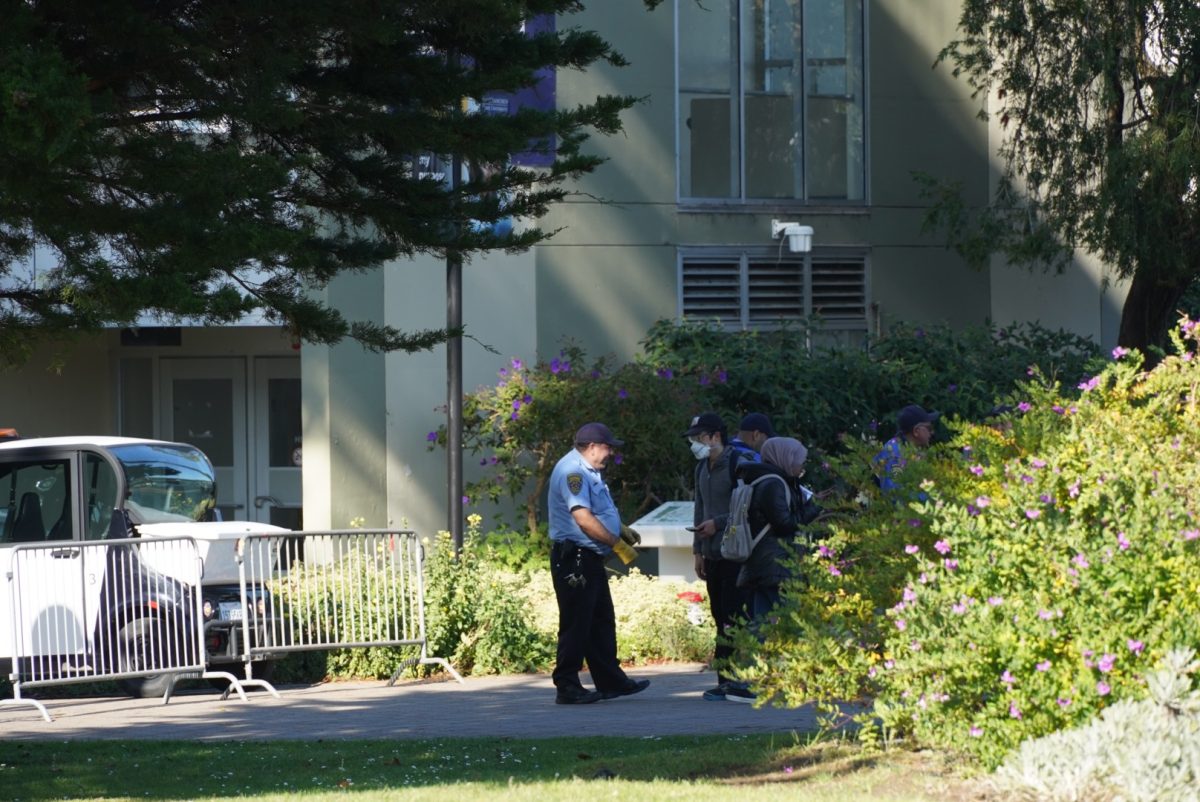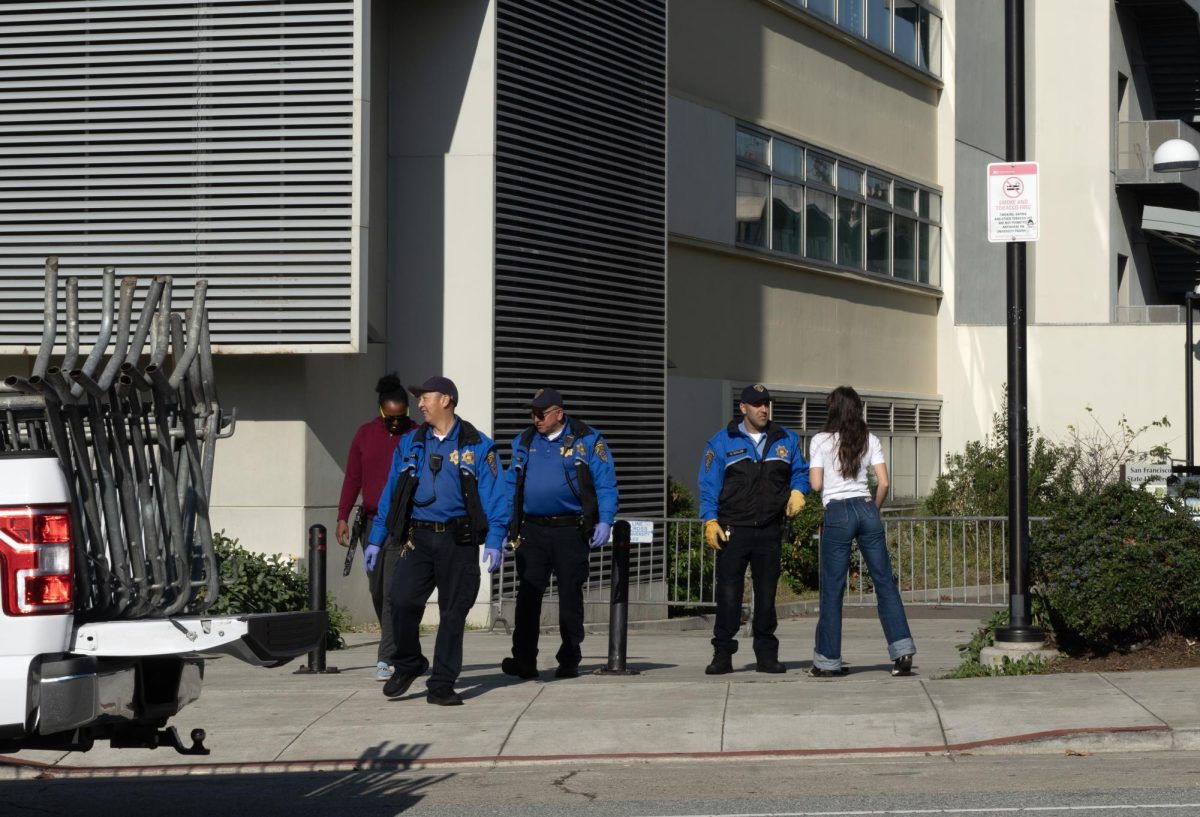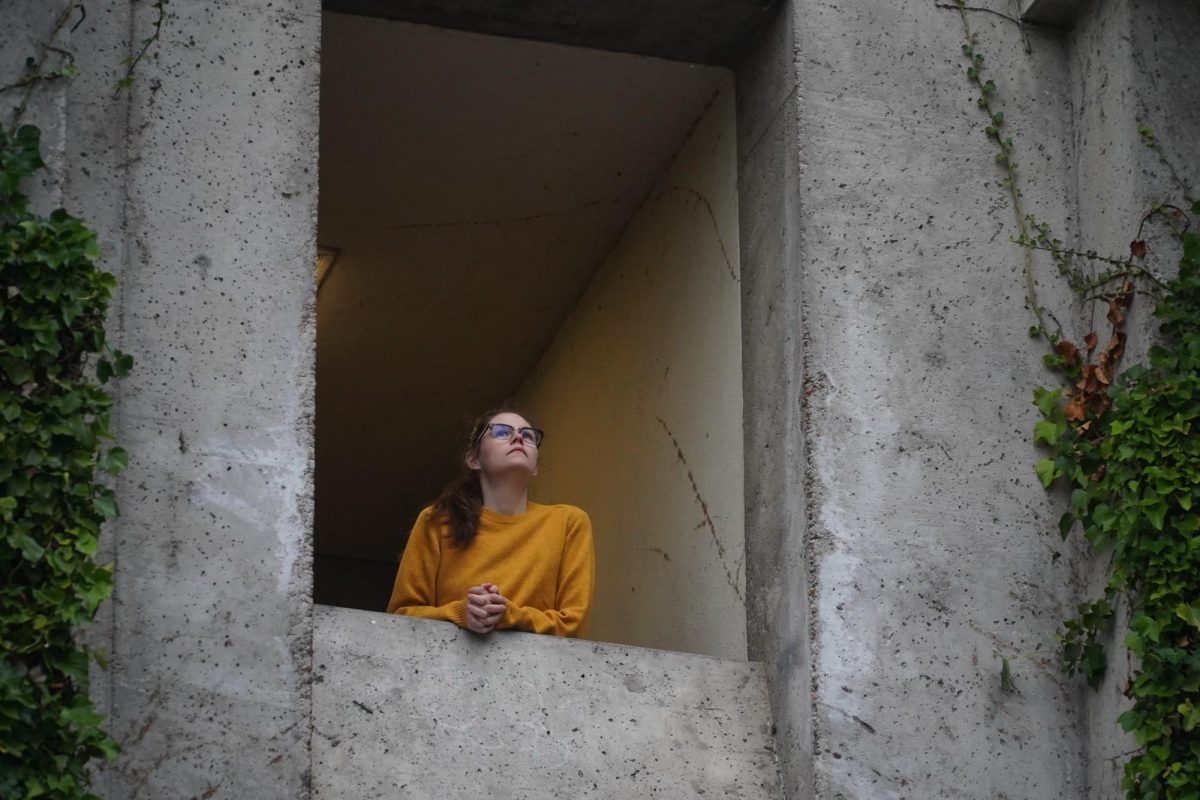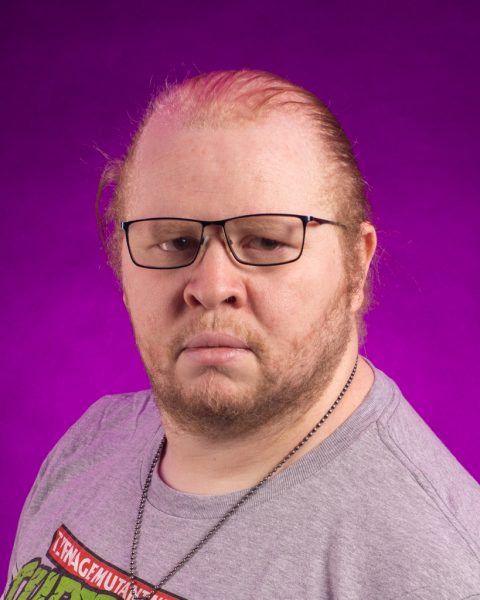On the first floor of the Humanities Building at San Francisco State University resides the Paul K. Longmore Institute, which preserves, promotes, and celebrates disability history and culture.
The institute was named after Paul K. Longmore, a disability historian and advocate. Founded in 2011, it continues to honor his legacy, keeping his contributions alive to this day. The institute provides services and opportunities to students with disabilities, both academic and professional. In a world where people with disabilities are often left out of the conversation about marginalized groups, the Longmore Institute does work that helps an underserved population.
“We are one of the campus centers. Centers and institutes are meant to be a bridge between what happens in the university inside of the curriculum and inside of learning, and do work both on this campus and off to make learning take action,” said Emily Beitiks, interim director of the Longmore Institute. “We study and showcase disability experiences and use those to revolutionize social views.”
The Longmore Institute does this through a variety of events, programs, and initiatives that showcase the works of people both on and off campus with disabilities.
One such event is Superfest, an annual film festival that showcases films created by people with various disabilities. Events like this are designed to showcase the lives, experiences and stories of people who do not traditionally have their stories shared.
Shaina Ghuraya is the access and events coordinator and co-director of Superfest. After studying film at the University of Southern California, she entered her film “Wheelchair Wendy” into Superfest and got accepted. Her involvement with the festival led to her receiving the opportunity to write for multiple Netflix shows.
“Something like Superfest where there is a very engaged community that is bonded through disability in particular. There’s just, again, more support,” Ghuraya said. “I really credit my writing career to Superfast, because if my little film hadn’t gotten in, and if I hadn’t met the people I did, I wouldn’t have gotten staffed on my first show.”
Students can find opportunities through the Longmore Institute. From internships to employment, the Longmore Institute works with other organizations to give people with disabilities chances to build lives outside of the limitations that society often places upon them.
“I had a part-time job at the institute,” said Alex Locust, the eMerge Fellowship program director at the institute. “I’ve worked with them in different capacities like emceeing Superfest, facilitating panels, or moderating panels, being on panels. We’ve had a lot of really awesome opportunities to connect.”
Not only does the Longmore Institute help students, but it also helps the disabled community build bonds and connections.
The Longmore Institute’s goals and reach are built around bringing people together to celebrate the creativity, passion, and works of people with disabilities.
“I guess the first thing I’d say is that people really think we are the same as disability services on campus,” Beitiks said. “It’s important to understand we’re a completely separate unit. Disability Programs and Resource Center is where you go if you are a faculty, staff, or student needing an accommodation and legal compliance, and we instead aim to foster a sense of belonging for disabled students and faculty on this campus by celebrating what disability is celebrating how disability enriches our world.”




